Mexican Commission for Refugee Aid (COMAR)
Following up on Mexico's commitments at the 2019 Global Refugee Forum, COMAR and its partners are working toward making Complementary Education Pathways accessible for more refugees in Mexico.
Introduction
The Mexican Commission for Refugee Aid (COMAR) oversees all the topics related to refuge, asylum, and complementary protection for asylum seekers in Mexico; it reports to the Undersecretary for Human Rights, Population, and Migration, which at the same time is under the supervision of the Ministry of Interior.
Their work does not end only with the recognition of refugee status; it goes beyond that and also focuses on local integration, including access to higher education, which is the topic that is being discussed today. Also, access to documentation, health, and work permits, among others. These topics are understood as vital so refugees can be adequately integrated into Mexico.
Current status of the program
In the First Global Refugee Forum in 2019, COMAR and partners pledged to support 100 refugee students in accessing Mexico through complementary education pathways from 2019 to 2023. After a couple of years, on November 22, 2021, an “Agreement for Collaboration and Coordination of Actions” was signed between COMAR, the Ministry of Foreign Affairs, through the Undersecretariat for Multilateral Affairs and Human Rights, UNHCR, and the NGO; Diálogo Intercultural Mexicano. (DIME), which aims to establish the bases and procedures for coordination and collaboration that would build a mechanism to facilitate refugee students selected by the program developed by DIME to apply for refugee status in Mexico and have access to higher education opportunities in Mexico through Complementary Education Pathways.
COMAR and partners' goal is to build a permanent, viable, and lasting mechanism that implements the obligations acquired by COMAR and partners within the framework of the "Agreement for Collaboration and Concertation of Actions" and make Complementary Education Pathways more accessible for the years to come and that is not affected by a change of governments.
Best practices
The Mexican government is part of international and regional mechanisms such as the Global Refugee Forum and the Comprehensive Regional Protection and Solution Framework (MIRPS), which are dedicated to seeking lasting solutions for refugees and internally displaced persons. Said this, the COMAR and Mexico have constantly worked to find lasting solutions for refugees in the pillars of integration, such as access to health services, documentation, work, and education, always safeguarding their human rights and the well-being of people who have been forced to leave their country of origin, so the motivation to support complementary education pathways was a natural fit.
According to the agreement, COMAR is responsible for making the assessment and, where appropriate, issuing an opinion regarding whether or not a foreigner had effective protection in a third country for admission as a refugee in Mexico. One of the good practices COMAR would like to highlight is that at the signing of the agreement, there were slight adjustments to meet the commitment. Some issues were discussed and that continue to be discussed in the agreement to have full clarity on the type of program (complementary pathways) to create a specific mechanism for the refugee students to benefit from this program due to all the characteristics that a complementary pathway program has, mainly, the effective protection in a 1st country of asylum analysis.
Challenges
One of the challenges COMAR highlighted was the need for coordination with other institutions that are not part of the agreement yet; when the program was recently launched, they were not able to approach the National Institute of Migration (INM), also dependent on the Ministry of the Interior, in charge of documentation related to migration and legal stay in Mexico, not including refuge and asylum issues.
The issue was that the INM was in charge of the initial status of the refugee students. (students permit) However, communication has improved through participation in an inter-institutional table coordinated by the Ministry of Education (SEP), including COMAR and INM. The following steps are to include SEP and INM in the action concertation agreement.
Conclusion
Mexico's role has always been important in international forums; Mexico's role in Complementary Pathways is to be a regional champion. Although they understand that the project is still developing, COMAR would look forward to when they have more important numbers, when the initial goal of 100 students is met, and when they can share their journey and good practices with other countries.
COMAR proposes that more and more countries incorporate Complementary Pathways in their systems and durable solution actions related to complying with international commitments on the matter. They consider that when countries integrate high-level students into national societies, they will contribute their skills and abilities to the country.
